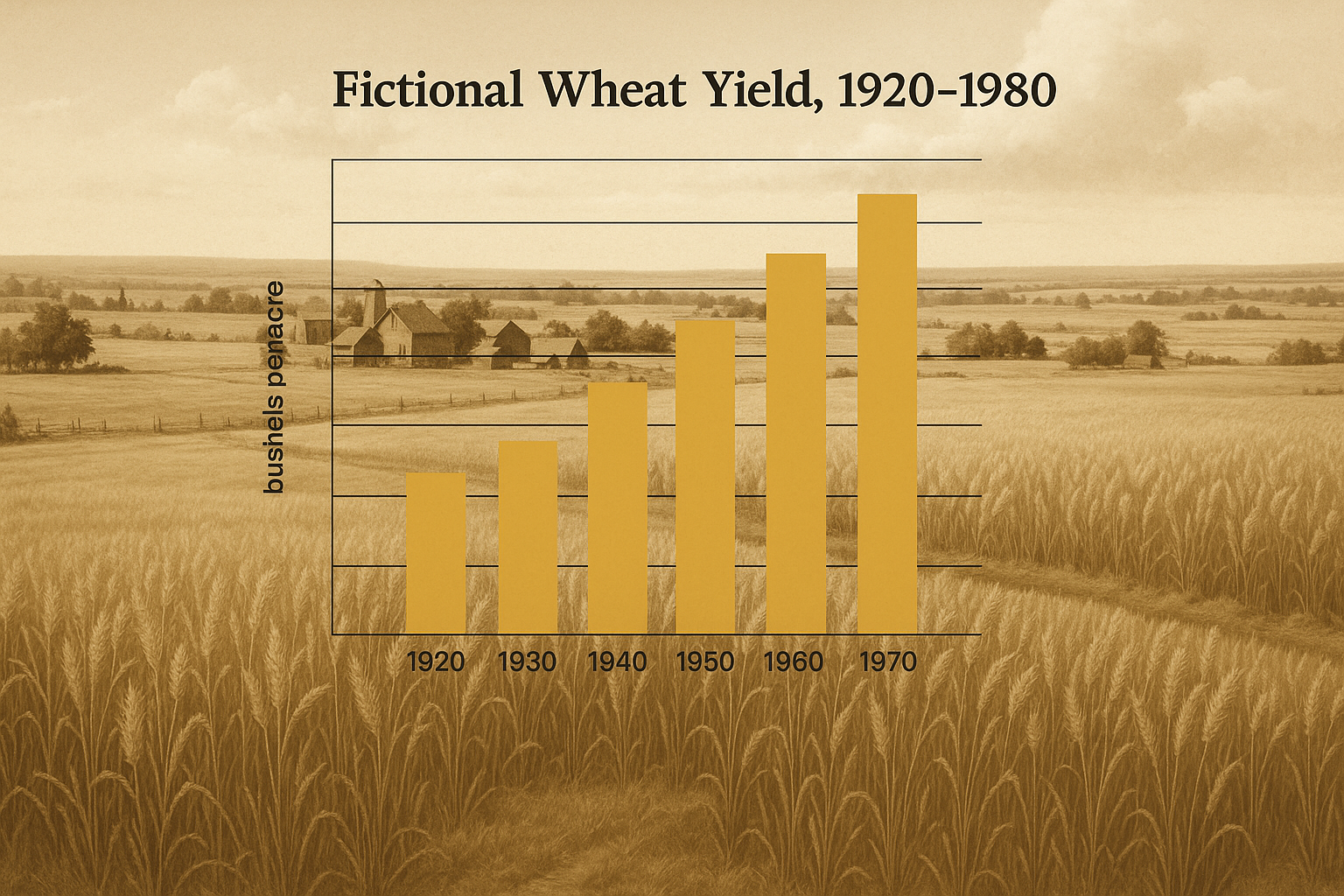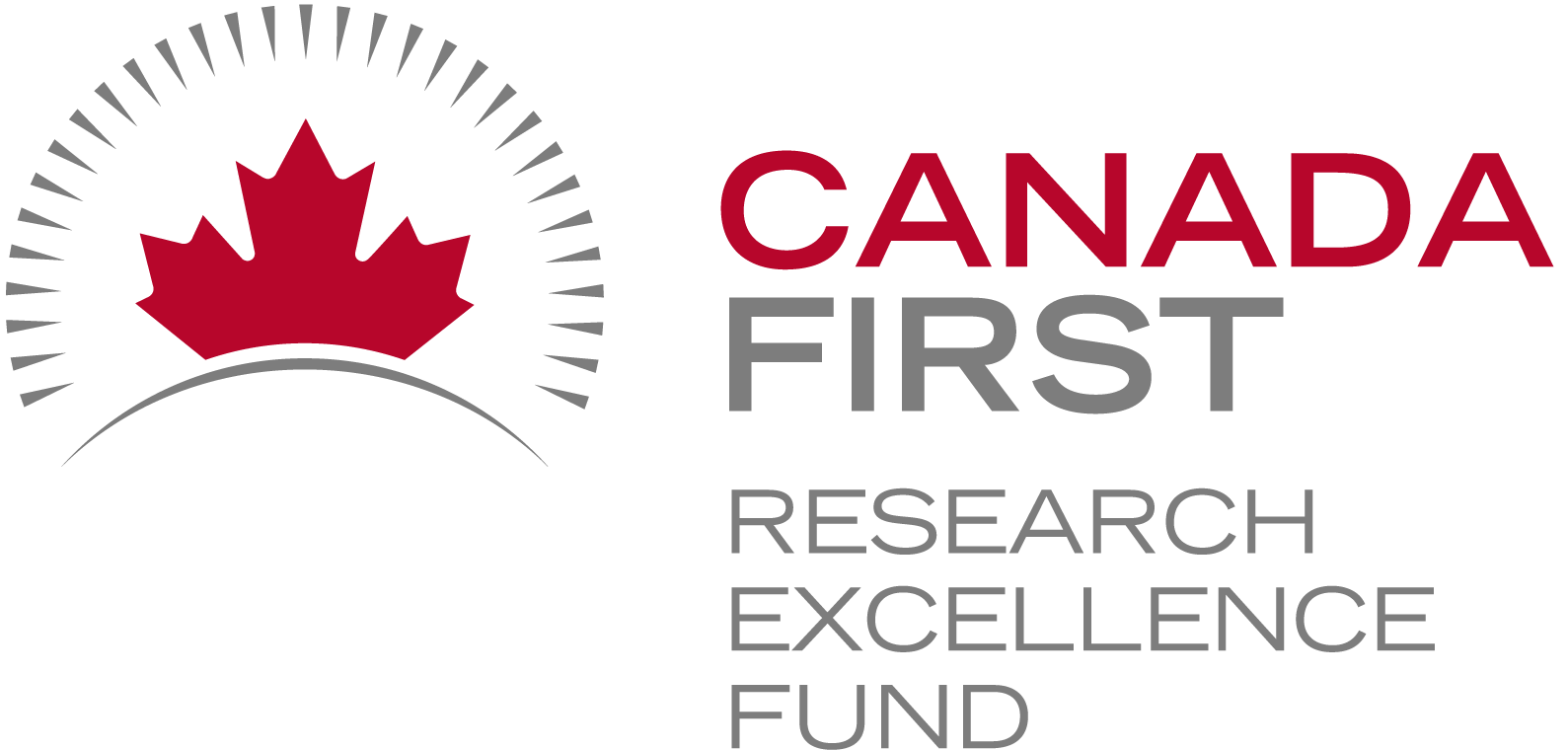
Historical data – challenges and more ownership quandries
I’ve been trying really hard to – as they say – “Stay in my lane” for these data ownership conversations. Sticking to the research data front as that is my comfort zone and that’s the world I live and play in. However, the topic of data ownership goes well beyond research data. Today, I want to take you on a little journey of historical data and that nasty topic of data ownership.
In one of my previous posts Data Ownership – another quandary to consider… I talked about finding a really cool source of information or data, from the 1940-50 – a fictional situation in that post. But, I’ll be truthful here – it’s a situation based in reality. Here at the University of Guelph, our researchers have been conducting research for decades – heck it’s 151 years for our Ontario Agricultural College researchers and 103 years for our Ontario Veterinary College researchers. That’s a LOT of very interesting research outputs and potentially a lot of fabulous data. But we know the reality when it comes to data as we see and use it today – check out Historical Data – Where is it? However, we do have a TON and I mean a TON of research reports that date back to the 1950s – that contain data! This is where the data archivist in me screams: Let it out!!!
So let’s talk about our options here. I’ll use a real example – the Ontario Forage Crops Committee (OFCC) supported and conducted forage crop trials from the early 1950s and published results in an annual report. These reports have since been scanned, archived, and are available online at their new home under the Ontario Forage Council, since the OFCC no longer exists and has been retired for almost 10 years. Now these reports contain wonderful data and could show you trends in yields, in the crops used/tested across the years, and the changes in management. However…. if you want to see these trends – well 60 PDFs here I come! One of our stakeholders asked whether we could pull the data out of the PDFs and make it usable – oh did I hear you say FAIR??? I jumped on that bandwagon without a second thought and put together a project to extract the data and create a data portal for it.
Can anyone see what I did NOT do?? I got excited! and I LOVE historical data – so yes VERY excited! BUT… that little question popped up – Who owns the data? Do I have the RIGHTS to pull this data out from one representation, create another, and make it available to the world??? Ugly, ugly questions! I mulled these over for quite some time and convinced myself that since the reports were out in the open, I could do whatever I wanted as long as I cited them – right? Hmm.. I knew as I was convincing myself that it wasn’t quite right! Because? I do NOT own that data or those reports!
Are we extracting the data and creating a portal? You better believe we are! How am I justifying this? I went to the holders or owners of these reports and asked for permission. Easy as that! Now this is a great example of accessing historical information – but I’ll close this post with a more challenging one – one that I am itching to do but will need to work through a few more things – such as copyright.
Back to historical data sources. Has anyone heard of “The Monthly Bulletin of Agricultural Statistics” published by Dominion of Canada Department of Trade and Commerce Census and Statistics Office? Oh my – now this is a true treasure trove of data – monthly data such as, Area, Yield, Quality and Value of principal Field Crops In Canada, by province going back to 1916!!!! This was brought to my attention by a former MSc student from our FARE department who is now doing a PhD in the US and was looking for this data to use in this study. Oh I would LOVE to pull this data out and make it available to our community. BUT just BUT – there is a lot to discuss here in regards to ownership and rights.
If you have thoughts and recommendations – or would like to help with this project – please reach out! I’ll chat about a few of the challenges I forsee next time…
![]()
image created by AI



